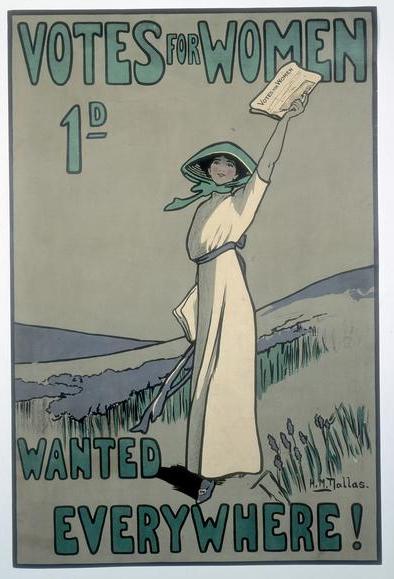Votes for Women
Since the 1860s Women's History has sought to recapture the experiences of a previously submerged half of the population. Sarah Newman looks to the feminist struggle to overcome prejudice and win the most basic right of all.

The bill which gave some women the Parliamentary vote was passed in 1918. Women ratepayers had been able to vote for school boards from 1870 to 1902 (the years of their existence) and for local government since l888. They had been eligible to become councillors since 1907. Women had voted for the legislature in New Zealand, Australia, Finland, Norway, Denmark, Iceland and Russia – even in the Isle of Man.
Now those British women over 30 who were ratepayers or married to ratepayers, eight and a half million in all, were empowered to vote for the central government and did so in the general election on December 14 l918. The age for women was fixed at 30 to prevent the majority of electors being women. Even Labour's Arthur Henderson, proposing universal suffrage, had favoured 25 as the voting age for women, who were feared to be a conservative force.





